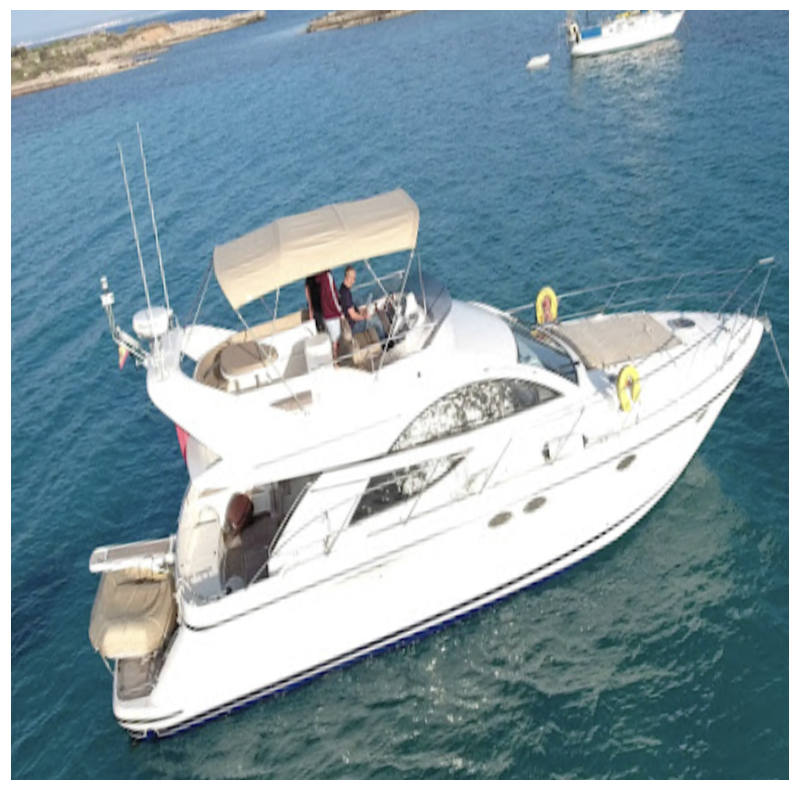Top courses

Offshore Installation Manager (OIM)
(5)
(3 Reviews)
40:00:00 Hours
5 Lectures
Advanced

₹65000₹60000
Last updated Wed, 22-Jan-2025
5 Lessons
40:00:00 Hours
English
Advance your career with Elite Offshore's Offshore Installation Manager (OIM) course, conducted in accordance with IMO resolution A.1079(28) dated December 4, 2013, and approved by LISCR (Liberia Flag). This comprehensive training program equips you with the skills and knowledge required to manage offshore installations effectively. Learn about safety management, operational procedures, and emergency response strategies to ensure the smooth and secure operation of offshore facilities. Elite Offshore's expert instructors provide real-world insights and practical training to prepare you for the responsibilities of an OIM. Enroll today to enhance your qualifications and excel in the offshore and marine industry.
- 1. Stability and construction OIM.
- 2. Station-keeping, mooring and dynamic positioning: OIM.
- 3. Transit operations.
- 4. Emergency procedures and safety equipment.
- 5. Personnel transfers.
- 6. Handling and stowage of supplies, including dangerous goods.
- 7. Pollution prevention and control.
- 8. Meteorology.
- 9. Safe working practices.
- 10. Regulatory and certification requirements, including an appreciation of international and national regulations and recommendations affecting operations.
- 11. Industrial operations as they relate to maritime safety, including appreciation of the interrelationship between marine operations and specific industrial activities, including, where appropriate.

Magnetic Compass Adjuster
(5)
(4 Reviews)
16:00:00 Hours
9 Lectures
Intermediate

₹50000₹45000
Last updated Thu, 06-Mar-2025
9 Lessons
16:00:00 Hours
English
Join Elite Offshore's Magnetic Compass Adjuster course, designed specifically for marine officers and compass adjusters. This comprehensive program aims to deepen your understanding of the theory of magnetism and provide practical techniques for precise compass adjustment. Through a blend of theoretical lessons and hands-on practice, participants will learn how to effectively handle and correct magnetic compasses on various vessels. Whether you're looking to refine your skills or gain new expertise, this course offers valuable insights and practical knowledge, ensuring you’re well-equipped to perform accurate compass adjustments in the real world.
- 1. Introduction including legal aspects and requirements.
- 2. Principle of compass adjustment with earth’s magnetic field.
- 3. Ship’s magnetism as a signature of its particular shape.
- 4. Obtaining Magnetic Variation of a place.
- 5. Magnetic effects of electrical currents.
- 6. Effects of permanent and induced magnetism.
- 7. Hard Iron and Soft Iron characteristics.
- 8. Compass design - general principles.
- 9. Compass compensations.
- 10. Magnetic effects of Northern and Southern Hemisphere on Heeling correctors.
- 11. Use of Gauss Meter in adjusting heeling magnets.
- 12. Coefficients A, B, C, D & E.
- 13. Various types of transmitting magnetic compass bowls and repeaters.
- 14. Safe distances of navigational and other equipment from Compass.
- 15. Identifying residual magnetism in correctors.
- 16. Carrying out repairs of Magnetic Compass.
- 17. Compass liquid composition and its characteristics.
- 18. Removing bubble from compass bowl.
- 19. Practical session on Compass Adjustment.
- 20. Making of Deviation Card and recording position of correctors.















Write a public review